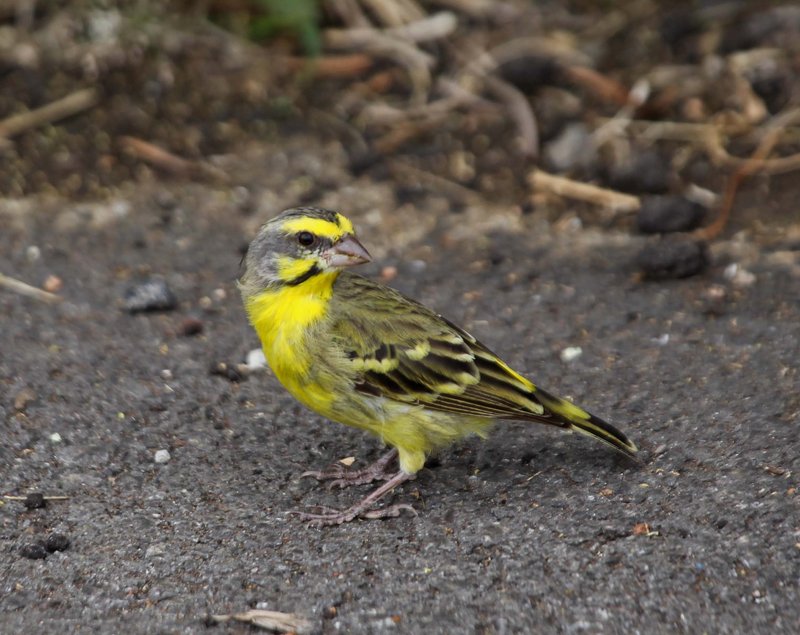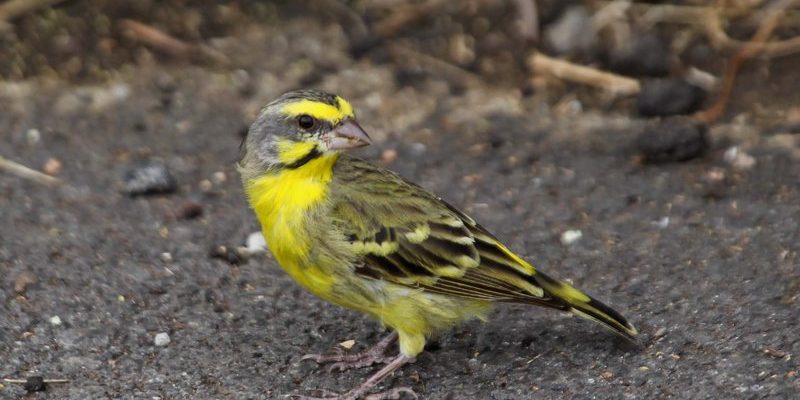
You might be wondering why these techniques matter. Well, understanding how canaries fly and hunt can give us insight into their behaviors and adaptations, making us appreciate them even more. Plus, as pet owners or enthusiasts, it helps us create better environments for our feathery friends. So grab a cup of coffee, and let’s dig into the world of canaries together!
The Anatomy of a Canary
To understand how canaries fly and hunt, we need to start with their body structure. Canaries are small, typically around 4.5 to 5 inches long, and they’re built for agility. Their lightweight bodies, combined with strong muscles, allow them to maneuver effortlessly in the air. Think of them as miniature sports cars, designed for speed and agility rather than bulk.
The shape of a canary’s wings is also crucial for their flying techniques. Long, pointed wings help them gain lift when they take off, while their streamlined bodies reduce drag as they zip through the air. This design is not just for show—canaries are often seen flitting from branch to branch in search of food or evading predators. As we dive deeper into their flying methods, you’ll see just how well their anatomy supports their lifestyle.
Canaries have a unique feature in their feet, too. Their toes are zygodactyl, meaning they have two toes pointing forward and two pointing backward. This setup gives them excellent grip on branches and perches. When you’re watching them hop around, it’s like witnessing a tiny gymnast performing on a balance beam!
The Art of Flying
Flying for canaries isn’t just a means of getting from point A to point B; it’s an art form. Canaries are acrobatic flyers. They can change direction quickly, hover in place, and even perform sharp turns—all of which are essential for avoiding predators and searching for food.
When canaries fly, they usually take off with a burst of speed, gaining altitude quickly. They flap their wings rapidly to achieve lift, and during flight, they often use a technique called “gliding.” By spreading out their wings and coasting through the air for a moment, they conserve energy. You might picture them as little gliders soaring through a soft summer breeze—effortless and light.
Canaries are also known for their display flights, especially during mating season. Males often engage in these elaborate aerial displays to impress potential mates. They’ll dart and dive, showcasing their speed and agility, which can be quite a sight. It’s nature’s way of saying, “Look at me! I’m fit and ready to find a partner!”
Hunting Techniques
While canaries are primarily seed eaters, their hunting techniques are fascinating to observe. They often forage for food by hopping around on the ground or perching on branches. When it comes to searching for their favorites—seeds, fruits, and even small insects—they utilize their sharp vision and agile movements.
Canaries have excellent eyesight, which helps them spot food from a distance. They’re always on alert, keeping an eye out for tasty morsels. Imagine them as little detectives, scanning their environment for any signs of a snack. Once they locate a potential meal, their agility comes into play as they swoop down or jump to grab it.
Their beaks are specially adapted for cracking seeds. The conical shape gives them the strength to break tough outer shells, allowing them to access the nutritious part inside. You could say their beaks are like little nutcrackers, perfectly designed for their diet.
Adapting to the Environment
Canaries are natural survivors, and they’ve adapted their flying and hunting techniques to fit various environments. In the wild, they can be found in a range of habitats, from forests to grasslands. Each setting presents different challenges and opportunities for these birds.
For instance, in dense areas, canaries might rely more on their flying agility to navigate through branches. In open spaces, they have the freedom to take longer flights, using their speed to scout for food. This flexibility is key to their survival; they can adjust their techniques based on what’s available in their surroundings.
You might also notice that canaries often follow the seasons. During times when insects are plentiful, they might spend more time hunting for those protein-rich snacks, while other times they may focus solely on seeds. This adaptability showcases their efficient nature and resourcefulness.
Social Behaviors and Flying
Canaries are social creatures, and their flying techniques often include interactions with other birds. They’ll gather in flocks, providing safety in numbers. When they fly in a group, it’s a mesmerizing dance—wings flapping in harmony as they navigate together through the air.
In these social settings, canaries communicate with each other through chirps and songs. When they take to the skies, it’s not just about movement; it’s also about establishing bonds. You might see them chasing each other, engaging in playful flights. It’s their way of reinforcing social ties and demonstrating fitness to potential mates.
This community aspect also affects their hunting habits. When foraging in groups, canaries can share information about food sources, leading to more efficient hunting. If one bird spots a good snack, it might call out, prompting others to join in. It’s a smart strategy that highlights their collective intelligence.
Canaries as Pets: Creating a Suitable Environment
If you’re thinking about caring for a canary, understanding their flying and hunting habits can help you create a better home for them. They need space to fly, stretch their wings, and engage in natural behaviors. A large cage with plenty of perches and toys will keep them entertained and stimulated.
Provide them with a varied diet, including seeds, fruits, and even the occasional vegetable. It’s important to mimic their natural foraging behavior as much as possible. Hanging food in different places within their cage can encourage them to “hunt” for their meals, just like they would in the wild.
Also, consider offering opportunities for socialization. If you have multiple canaries, they’ll thrive on the interactions and camaraderie of their flocks. Just remember to give them plenty of space to fly around and feel safe while exploring their environment.
Canaries are remarkable little birds with unique flying and hunting techniques that make them fascinating to observe. From their acrobatic flights to their resourceful foraging methods, they showcase a blend of grace and intelligence. We’ve taken a closer look at how their anatomy, social behaviors, and adaptability play a role in their everyday lives.
Whether you admire them in the wild or keep them as pets, appreciating these tiny aviators enriches our understanding of the natural world. Next time you see a canary flitting about, remember the incredible skills they possess—just like little champions of the sky!

